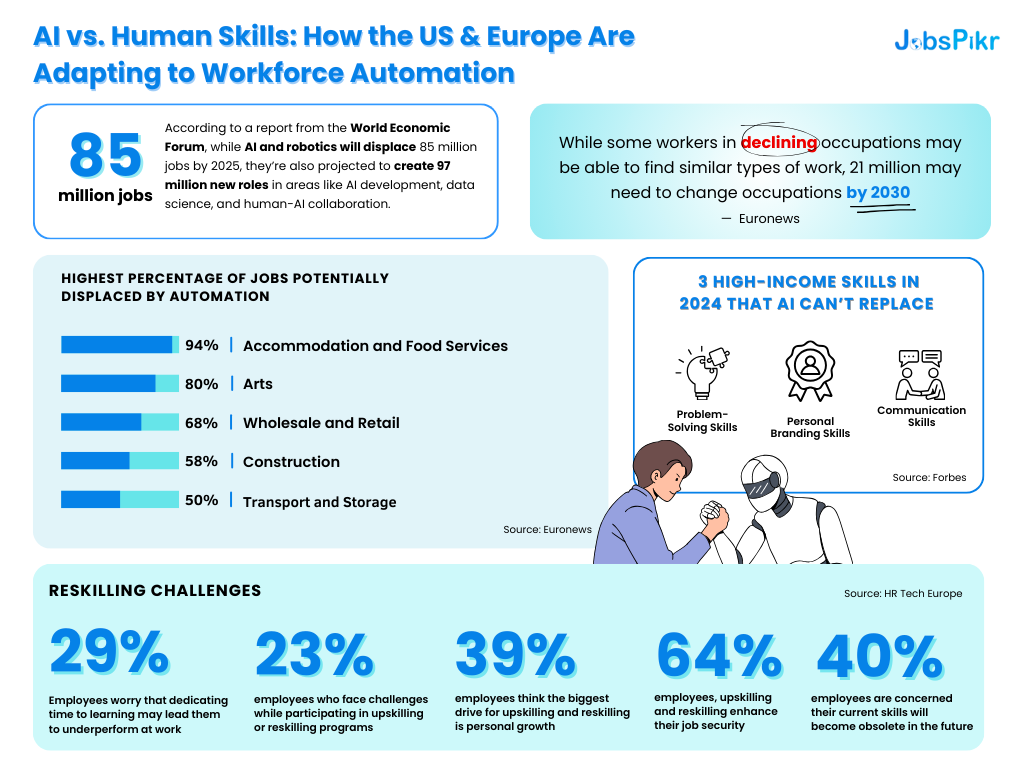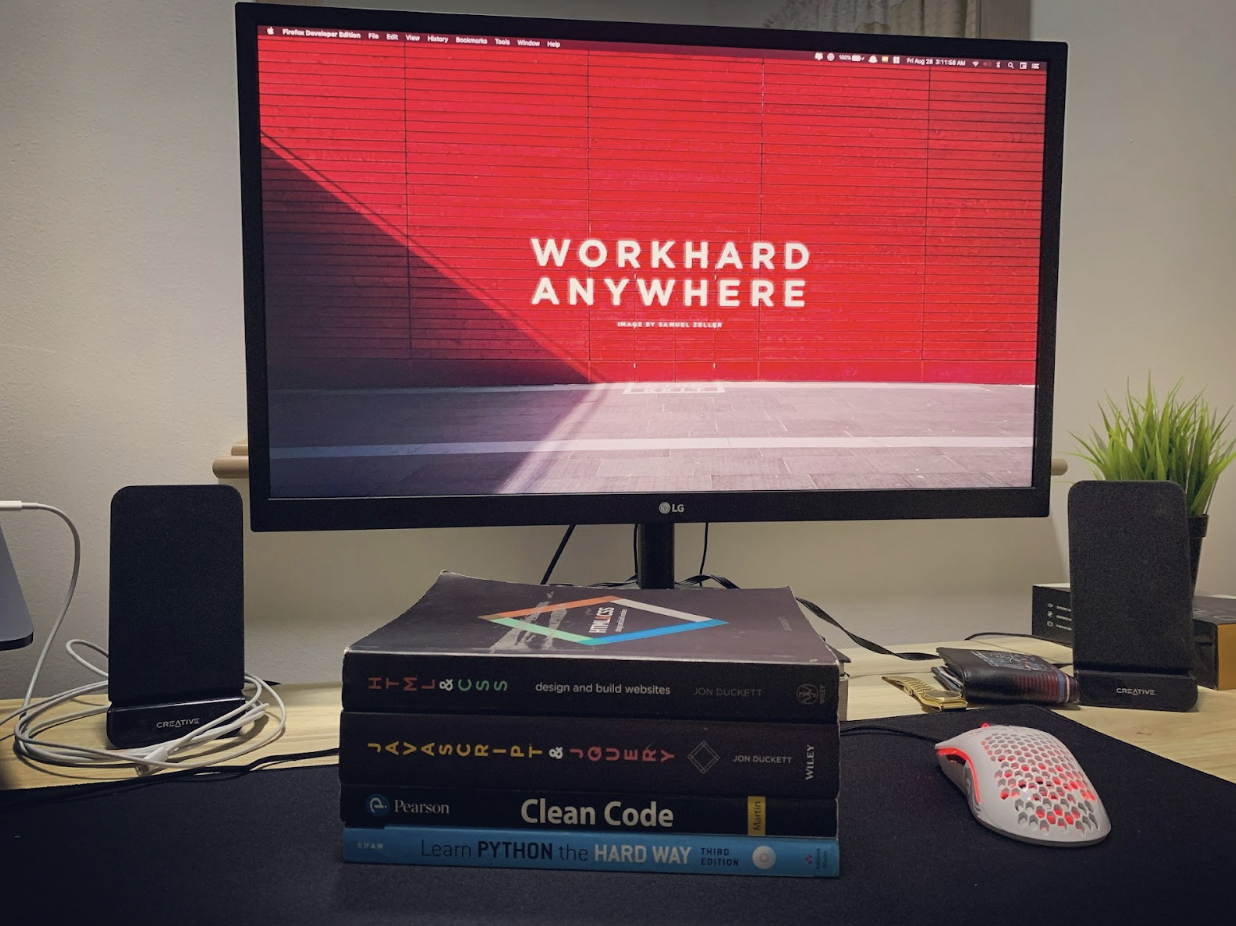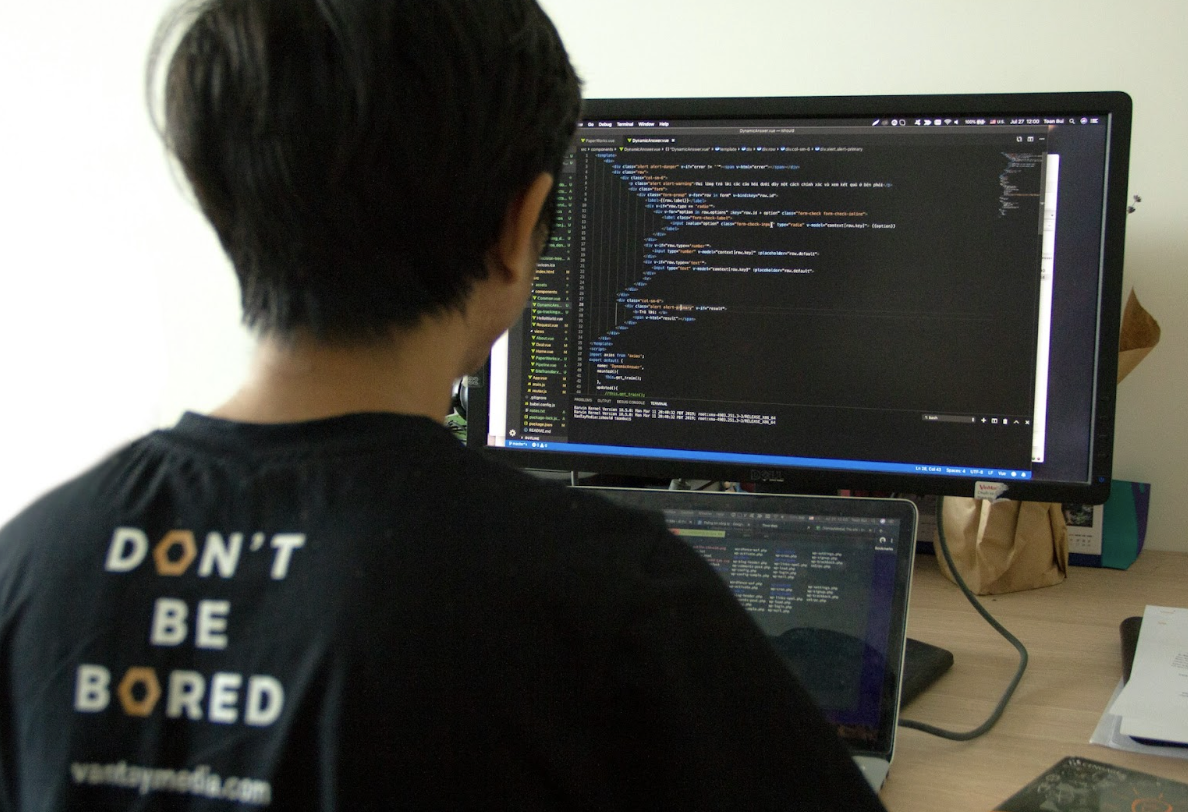 News
News
AI services are a sector of technology that is becoming more innovative at a crazy speed and reshaping the way companies build software, offering speed, automation, and cost efficiency. Remote developers, however, remain essential for projects that demand creativity, adaptability, and long-term reliability. The real decision is not simply about cost but about strategy: choosing between instant automation and the nuanced understanding only humans provide. AI excels at handling repetitive tasks, optimizing workflows, and accelerating delivery timelines. Yet it often falls short when judgment, context, and accountability are needed, especially in complex or compliance-heavy industries. Remote developers bring problem-solving, innovation, and cultural alignment to teams, ensuring products are not only functional but sustainable. For startups, AI might be ideal for rapid MVPs, while established businesses often lean on developers for resilience and scalability. The strongest IT tech strategies combine both, using AI for speed-to-value and remote developers for depth and durability. The choice is about balance, not replacement.
AI Services vs Remote Developers - A Thorough Comparison
1) Problem Shape & Requirements Volatility.
AI services: These tools are powerful when the problem is clearly defined and can be solved through well-structured prompts. For instance, if you need to transform CSV files, generate test cases, or scaffold straightforward components, AI performs with speed and accuracy. The limitation shows up when the scope expands into a multi-step system design, where domain modeling and subtle edge cases become critical. At this stage, AI tends to produce inconsistent outcomes, and the variance usually becomes clear during integration.
Remote developers: Human developers excel at navigating messy, evolving requirements. They are able to recognize patterns, balance competing priorities, and redesign systems as projects mature. Unlike AI, they do not require rigidly defined tasks to produce meaningful output. Instead, they adapt their approach based on feedback, and they can shift the structure of the project when the goals inevitably change.
2) Delivery Speed, Throughput & Rework.
AI services: When it comes to speed, AI dominates the early stages of delivery. It can quickly generate artifacts such as code snippets, documentation, and unit tests. However, this apparent speed often slows once the outputs need verification, integration, and reinforcement. The gap becomes more pronounced with complex stacks or regulated industries, where compliance is critical. Studies show that while teams may feel faster using AI, the overall delivery may take longer once rework and corrections are accounted for.
Remote developers: Although humans may take longer to produce the first output, they are typically quicker at reaching what most businesses care about: a definition of done that includes architectural soundness, performance budgets, and reliability once the system is live. Their work requires fewer revisions once it moves past the initial stages.
3) Code Quality, Security & Maintainability.
AI services: AI shines in repetitive tasks like boilerplate generation and writing simple tests. However, it is prone to mistakes such as hallucinating APIs, ignoring edge cases, or overfitting to patterns it has seen before. These errors may look correct at first glance, but reveal problems later. That is why human oversight is non-negotiable, especially for security reviews, threat modeling, and managing policies around sensitive data, licenses, and provenance.
Remote developers: Developers bring long-term accountability to the table. They establish coding conventions, enforce peer reviews, and keep the architecture consistent across the system. They also take responsibility for addressing technical debt and ensuring that future maintenance does not turn into an expensive burden.
4) Cost & Team Economics.
AI services: On paper, AI looks inexpensive since the variable cost per output is low. However, costs accumulate as teams spend time validating results, reworking flawed outputs, or recovering from failures in production. AI is best for compressing repetitive work, such as migrations or boilerplate, where the risk of failure is minimal.
Remote developers: While developers have a higher day-to-day rate compared to AI tools, what you are paying for is stewardship. Developers own roadmaps, manage technical debt, establish observability, and step in when incidents happen. Remote models in particular often reduce the total cost of engineering compared to hiring locally, while keeping quality high and ensuring the work is sustainable.
5) Risk, Compliance & IP.
AI services: When adopting AI, you must pay attention to how data is handled, the origin of training sets, and whether providers use subprocessors. Policies on IP ownership, personally identifiable information (PII) handling, and compliance with SOC2 or GDPR need to be in place. AI outputs may be difficult to audit, which creates challenges in highly regulated industries.
Remote developers: By contrast, human developers are easier to manage contractually. Through NDAs and contracts, companies can ensure clarity about intellectual property and data security. Humans also leave clear trails of decision-making, which can be audited later. Moreover, they can help you implement the governance framework required if you choose to integrate AI into your systems down the road.
6) Product Strategy & Differentiation.
AI services: AI is excellent for parity features such as autocomplete, text summarization, or information extraction. These features improve efficiency but do not typically serve as a competitive advantage since other companies can replicate them quickly.
Remote developers: When your competitive edge lies in domain-specific logic, user experience, or workflow design, remote developers are essential. They ensure that failure modes are understood and handled, making the difference between a product that works sometimes and a product customers can trust.
7) Operability & On-Call Reality.
AI services: AI models can change behavior overnight because of provider updates, latency spikes, or shifts in prompt design. That means you still need monitoring systems, red-teaming for security, fallback mechanisms, and SLAs to guarantee stability.
Remote developers: Humans design service level objectives, establish error budgets, and create rollback IT tech strategies. More importantly, they are accountable when something breaks. Their presence ensures there is a clear owner when critical systems fail.
8) Talent Pipeline & Organizational Learning.
AI services: These tools reduce repetitive work and allow individual contributors to quickly level up. They act like accelerators for productivity, particularly for juniors. However, heavy dependence on AI risks leaving younger developers without the practice needed to build strong fundamentals. Over time, this weakens the organization’s bench strength.
Remote developers: Humans pass on knowledge through pairing, code reviews, and architectural decision records (ADRs). This builds institutional memory that compounds over time. Unlike AI, developers can teach the reasoning behind decisions, which makes teams resilient and adaptive.
9) Where Each Option Wins (Concrete Scenarios).
Choose AI Services when:
↝ You need a prototype in days to test or validate demand, without building a production-ready system.
↝ The task is patterned and checkable, such as ETL processes, document generation, unit testing, or CRUD scaffolding.
↝ You are cutting costs on non-differentiating work like migrations, boilerplate, or large-scale content creation that will be heavily reviewed anyway.
↝ You have clear acceptance tests and the ability to sandbox AI outputs behind human review.
Choose Remote Developers when:
↝ You are building a system of record or need to integrate across multiple services where failure has serious consequences.
↝ Requirements are evolving, dependencies span teams, or long-term domain modeling is necessary.
↝ You must comply with regulatory frameworks and defend architectural decisions years later.
↝ Your competitive edge relies on workflow design, reliability, and user experience, not simply having AI in the product.
Use a Hybrid when:
↝ You need both speed and stewardship, using AI for drafting while humans design, review, and operate the system.
↝ You can formalize guardrails, including model choice, prompt management, evaluation suites, and incident playbooks.
↝ You want to measure true time-to-value, recognizing that raw AI output can look fast but may slow down once integration and fixes are factored in.
10) Operating Guardrails (Whichever Path You Pick).
If using AI services:
↝ Treat AI like an untrusted intern: all work must be reviewed, and nothing should ship without quality assurance.
↝ Maintain evaluation suites with golden prompts and adversarial cases, and add observability to monitor drift in model behavior.
↝ Lock down governance for sensitive data, handling of secrets, license scanning, and tracking of output provenance.
If scaling remote developers:
↝ Standardize documentation through architecture decision records, enforce code review checklists, and prepare detailed runbooks.
↝ Measure team health with metrics like lead time, change failure rate, and mean time to recovery, not just velocity or story points.
↝ Encourage developers to use AI for assistance in tasks like writing tests or boilerplate code, but always within a review structure.
11) Costing the Decision (A Simple Model You Can Copy).
↝ Define the smallest usable increment of your product, not just a demo, but something a real user can interact with.
↝ For each approach, estimate the hours needed for build, review and QA, integration, hardening, and operations handover.
↝ Multiply those hours by the applicable rates, considering both AI usage with human oversight and pure remote developer costs.
↝ Add a risk buffer. For AI-heavy builds, include 15 to 30 percent to account for integration and rework. For human-led builds in new domains, reserve 10 to 20 percent.
↝ Compare both the time to reach stability and the cost of operating the system for a full 12 months. This will give you the most realistic picture of the investment required.
Blue Coding is The Solution To Everything!
Our team at Blue Coding lives at the intersection of speed and stewardship. We know when AI can be a force multiplier and when only skilled developers can safeguard quality, compliance, and long-term scalability. Our remote teams specialize in building resilient software while helping clients integrate AI responsibly, without falling into the trap of short-term gains that create long-term costs. If you’re weighing AI services against remote developers, we give you a strategy that balances both. Contact us today to find the right mix for your next product by discussing your concerns with us on a free consultation call!




